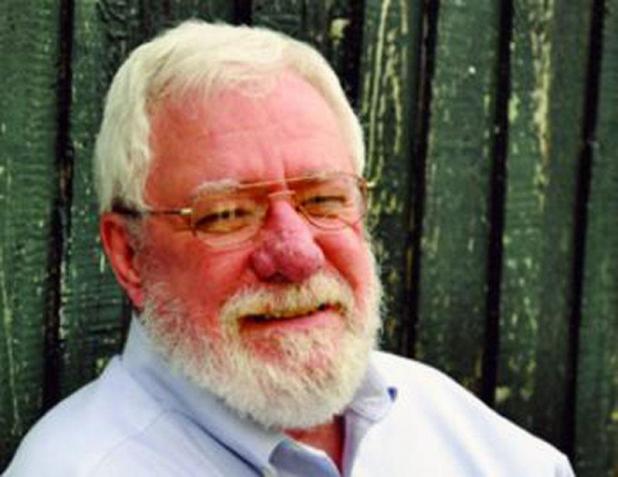
Jim Bradshaw
A promised parade celebrating paving
The first paved streets in a town were cause for celebration of the end to mud in the winter and dust in the summer, and because they were the sign of a progressive community.
For example, when Opelousas paved its first streets in 1914 car owners called for “a mammoth parade” of every automobile in the area. The idea almost caught on, too.
There had been some debate about the paving, first over the cost and then over what to pave with, but the board of aldermen finally agreed that the work was worth the money, and agreed on creosote-soaked wood blocks as the paving material.
Organizers wanted to invite every car owner in St. Landry, Evangeline, Acadia, and St. Martin parishes, all 200 of them, to parade over “every inch of paving in the city,” nearly three miles of it.
“The purpose of holding the parade is to display a certain pride in the municipal improvements in Opelousas,” the St. Landry Clarion reported in February. “Prominent automobile owners” in the town wanted to “show that the people of this city are happy … in having these streets paved” while boosting the idea of good roads throughout the area.
“If the people of Opelousas, St. Landry and Evangeline will turn out for this occasion, as it is earnestly believed that they will, it will be a sign that these people are anxious to have good roads,” the newspaper continued.
No date was set for the big parade, but the newspaper announced in March that it would be “in the near future.” By that time the event had blossomed into an Opelousas Day celebration. The car parade was still the “principal feature” but “many public improvements” were also to be showcased.
“That prominent residents … are bent upon making this day the greatest in the history of the city is evident,” the Clarion said.
The prominent citizens met a week later and proposed that the cars should be decorated “from the first to the last,” and that merchants on the newly paved street should “have their places of business decorated for the occasion, as well as especially illuminated that night.”
They still did not set a date for the big day and bright night. The newspaper expected it to be “some time next month,” but that turned out to be in the middle of Lent. The prominent citizens postponed the big celebration until after Easter.
In May, the Clarion said “the much talked about Opelousas Day is now almost an assured fact.” But the “most prominent” citizens leading the affair had not yet decided on a date for it, and the car parade had turned into a Flower Parade.
“The committees are now planning to make the flower parade a howling success,” according to a report in May. “It is proposed that the automobiles of the parish, the Opelousas Fire Department and other vehicles properly decorated will take part in the parade.”
The newspaper suggested that the Fourth of July would be a good day to do it.
But the big event covered by the Clarion on Independence Day was a baseball game between Opelousas and St. Martinville (won by Opelousas after a timely hit by Leo Dejean).
There was a story about new gravel on the road between Opelousas and Washington, but there was no mention of paving, or of a parade car, flower, or of any sort in that edition, or any other for the rest of the year.
You can contact Jim Bradshaw at jimbradshaw4321@gmail.com or P.O. Box 1121, Washington LA 70589.
